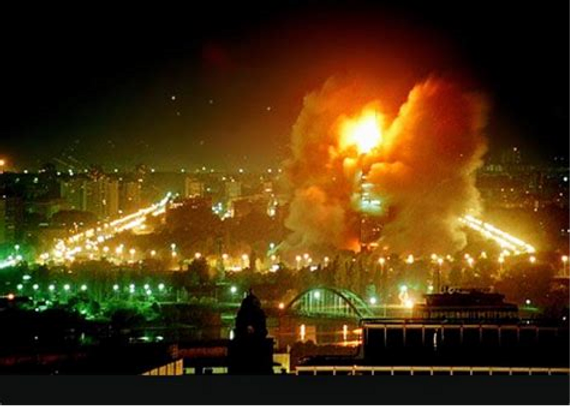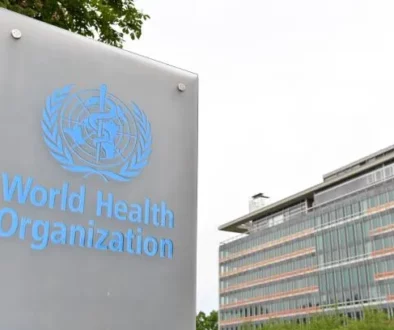Lest we forget
23 years ago, on March 24th, 1999 the North Atlantic Treaty Organisation {NATO} started airstrikes on an independent country in Europe, Yugoslavia. The operation under the name “Allied Force” lasted from March 24th, 1999 to June 10th, 1999. NATO used over a thousand aircraft and thirty warships and submarines including Canadian Armed Forces.

Photo source: pinterest.com
NATO, founded in 1949, is supposed to constitute a system of collective security and mutual defense of members country only, attacked the Federal Republic of Yugoslavia after negotiations under US Special Envoy Richard Holbrooke broke down. The international military pact NATO started airstrikes without the resolution of the United Nations Security Council, which violated the United Nations {UN} Charter by attacking a fellow UN member state in the absence of UN Security Council authorization, and (2) in the absence of an attack or a threat of imminent attack on them.
During the 78- day bombing campaign, NATO targeted the Pancevo industrial complex, consisting of a petrochemical and fertilizer plant as well as an oil refinery, and the Zastava car plant, that cost contamination of the River Tamis and the river Danube, which is the second-largest European river. After the Zastava factory was bombarded the report showed the dangers posed by the release of Polychlorinated Biphenyls (PCBs), a mix of 209 individual chlorinated compounds. Civilians living near the plants became vulnerable to major health risks from contamination of the atmosphere, food produced locally and the water supply.
NATO aircraft also dropped at least 15 tonnes of depleted uranium{DU} weapons, which had a devastating impact on the region’s ecology and human health. As Director of the Serbian Institute of Radiology and Oncology Dr. Danica Grujicic says, that depleted uranium weapons, combined with attacks on chemical plants and hazardous industrial facilities created environmental disaster affecting the whole of Europe. Dr. Grujicic said:” We took the initiative to establish the medical and environmental consequences of the bombings with mathematical precision. According to data we received based on meteorological conditions at the time, the whole of Europe was polluted. The Europeans who rejoiced at the bombs falling on Belgrade and Serbia were themselves infected and did not even what they breathed in, what they ate and drank.”
Canadian planes were deeply involved in all aspects of the bombing campaign, attacking both military targets and vital infrastructure Yugoslavia. Canadian Armed Forces CF-18’s flew 678 sorties during the war and dropped more than 500 bombs that hit 158 targets from airfields to armored vehicles, and at least one of the bridges across the Danube. Canadian General Ray Henault said:” We flew 10 percent of all NATO strike missions.” Canada’s targets were civilian installations, such as refineries, manufacturing plants, and what NATO calls “C3” centers, for command, control, and communications, General Henault reported.

Canadian CF-18 Hornets take off from their base in Italy to strike targets in Kosovo in 1999, depicted in the painting “Balkan Strikers” by Robert Bailey.
The operation Allied Force by NATO killed at least 2.000 civilians, with another 12,500 injured. Since then Serbia suffers one of the highest cancer rates in Europe, with nearly 60,000 new oncology patients diagnosed each year, and 20,000 people dying from various cancer every year. Up to 125 billion CAD in economic damage and incalculable environmental damage caused by the strikes. CAF operated in Yugoslavia cost Canadian taxpayers 700 million CAD.
DB



